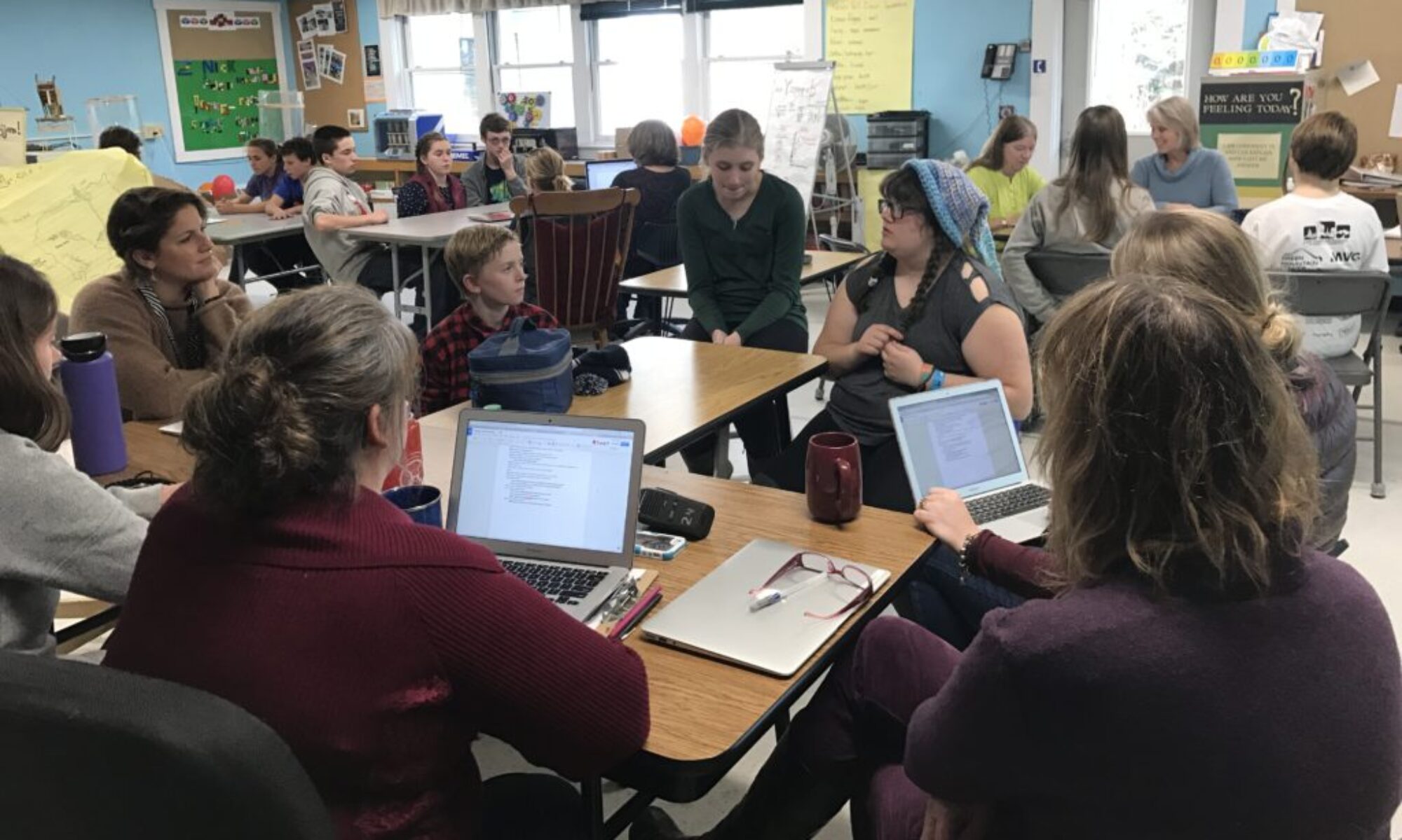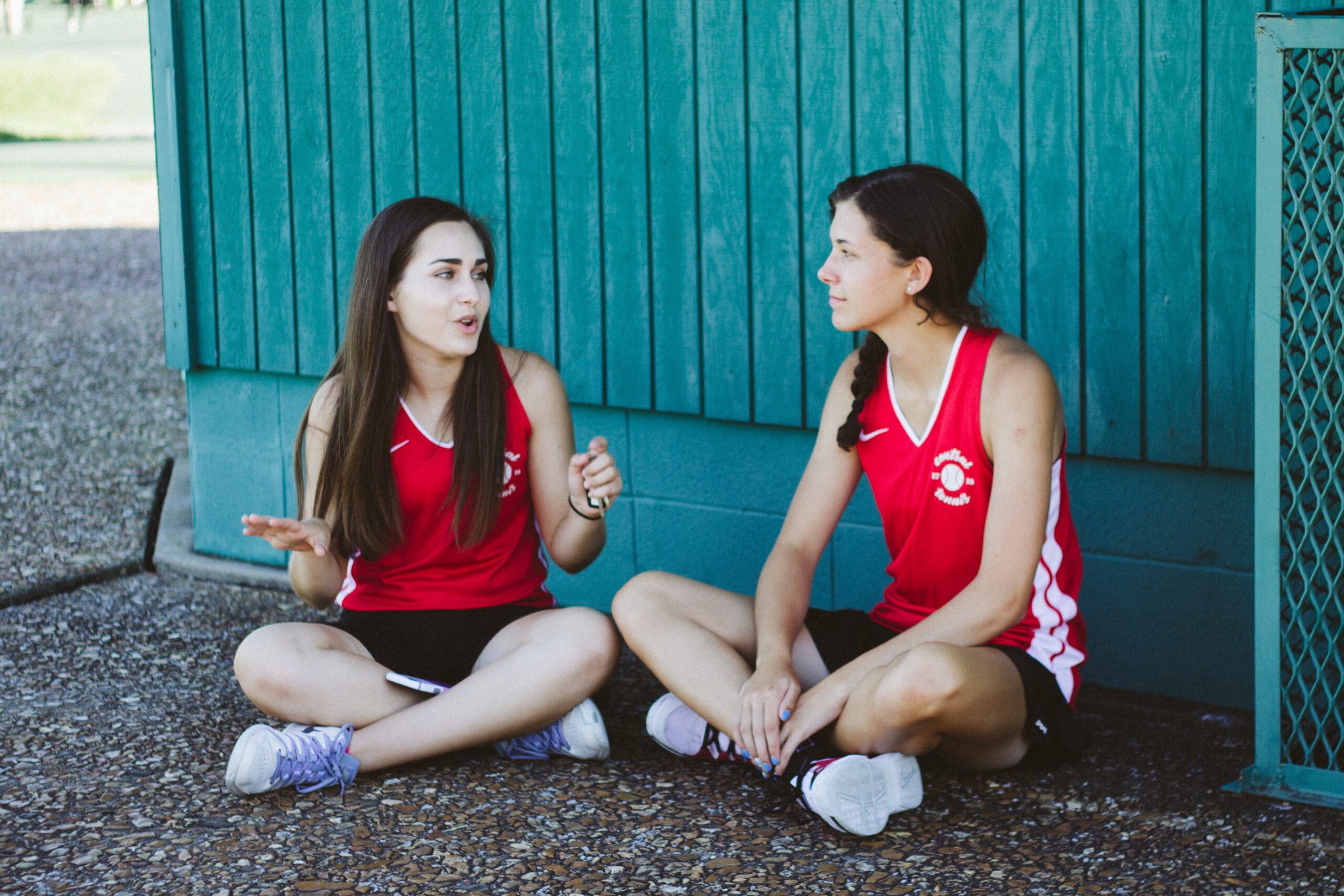What do you see when you look at this picture? (For real, I’m not being sarcastic, what do you see?)

I’m guessing you said, “cow.”
According to Douglas Rushkoff, author of Team Human,
“When shown a picture of a cow in a pasture, most Westerners will see a picture of a cow. Most Easterners, on the other hand, will see a picture of a pasture.”
Rushkoff refers to this as “figure” and “ground.”
A shift in focus: from figure to ground
When educators talk about transferable skills, we often focus on the figure – the student. We talk about assessment, measurement, and how students demonstrate these skills.
What if, instead, we focused on the ground – the conditions in which students develop these skills? What if we started by talking about the ways in which educators can foster, nurture, and grow these skills?
This shift seems especially important given current conditions: students are struggling. Now is not the time for more assessment. Now is the time to nurture and grow students’ strengths.
That is just what some teachers in the Two Rivers Supervisory Union are doing. TRSU uses the Essential Skills & Dispositions framework as their transferable skills. Middle-level teachers there are doing a deep dive by reading more about each skill with two questions in mind:
- What does it look like when kids are demonstrating this skill?
- What teacher moves create opportunities for students to grow in this skill?
Then they are committing to small steps to nurture that skill in their classroom.
What does it look like to foster communication?
Let’s use communication as an example. With the questions above to guide them, the teachers read all about communication. Then they surfaced their answers on a Padlet. After discussing their responses as a group, each teacher committed to one specific next step to foster communication with their students. And finally, they brought examples of teacher moves and student work back to examine together and discuss.
First, let’s check our assumptions
I reached out to educator and equity advocate Rhiannon Kim to check our biases about our learners, and to glean some insight into what it means to foster communication. Here are some of her thoughts:
- Wait time
- Be aware of your pacing to ensure that students are not trying to “keep up”
- Encourage students to practice slowing down as well
- Ensure modes of presentation that are accessible for Deaf and hard of hearing students, for non-speaking students, and for augmentative & alternative communication (AAC).
- Work with students, their families, and other specialists who can support this.
- Further reading on AAC advocacy here: Communication Equity Call to Action for the Biden-Harris Administration
- Recognize that students are not always ready to “be on.” Read more about this here.
- Some students are more introverted than extroverted; in what ways can your classroom honor and recognize the different ways students communicate?
What we learned about teaching communication:
Communication has three main elements: expressive communication, receptive communication, and reflective communication. There is overlap, for sure, this is definitely a three-way Venn diagram situation! But let’s look at each element one by one.

Expressive communication is often what we think of when we say communication: it is the talking, writing, expressing part of the skill.
It involves many things including using appropriate body language, facial expressions, voice and tone. Communication skills show up when we engage in dialogue: asking questions, making comments, building on what others have said, and making connections. Communicating requires using appropriate vocabulary, evidence, and visuals to express our ideas.
So how might we foster expressive communication in the classroom?
One suggestion is to allow students to practice, play, or tinker with different modes of communication and then reflect on what worked best for them. For example, they could try expressing the same ideas using verbal and non-verbal signals or spoken and written formats. Other communication methods to try: quotes, metaphors, flow charts, graphic organizers, sketchnotes, and non-linguistic representations.
Some teachers intentionally engage students in dialogue using structures like Harkness, Socratic Seminar, or Protocols. Others are playing communication games with their learners:
- Communication Activity – Drawing Twins
- 7 Fun Communication Games That Increase Understanding
- 49 Communication Activities, Exercises, and Games
Finally, many are building on the communication skills they are already practicing by having students consider their audience or using thoughtful prompts in advisory.
Receptive communication skills are those that often get lumped together into “listening.”
They include things like interpreting verbal and non-verbal signals, recognizing different perspectives, and drawing inferences. This is where meaning making happens, so learners have to grow their skills in listening to understand and maintaining engagement. They might also work on analyzing setting, context, and source in order to interpret messages.
What might it look like to foster receptive communication skills in the classroom?
Educators are always modeling communication skills in the classroom, and modeling receptive communication and thinking out loud about it is a great way to foster communication in the classroom. Other ways to practice listening skills include using podcasts in the classroom or playing listening games:
Teachers are also thinking about analyzing communication skills used in picture books, class read alouds, current events, scientific articles, charts, and data with their students.
Reflective communication skills help us become better communicators and learners.
Learners demonstrate reflective communication skills when they consider how their communication choices impact others, when they monitor their communication and adapt it to better convey their message, or when they reflect on what is working well and what isn’t when they communicate. Another critical reflective communication skill: using feedback to improve.
In what ways might teachers grow the reflective communication skills of their students?
Some educators are being more intentional about how they engage the feedback cycle in order to foster communication skills. They are giving feedback for growth that is targeted, timely, and actionable and providing students with opportunities to reflect on the feedback. They are accepting and celebrating revisions. And they are soliciting feedback from students, reflecting on that feedback, and sharing their own growth with their classroom.
Other teachers are focused on building more opportunities for reflection. They are asking their students to consider:
- How is your work adapted for the audience, setting, and purpose?
- What was easy?
- Hard?
- What next steps might you take?
And students are reflecting out loud, on their PLPs, or with their peers to further strengthen their communication skills.
A teacher friend of mine says, “You can do anything, but you can’t do everything.” This is wise counsel at any given time, but especially in the midst of a pandemic. What is one small shift you might make to focus on the ground and nurture your learners’ communication skills?


